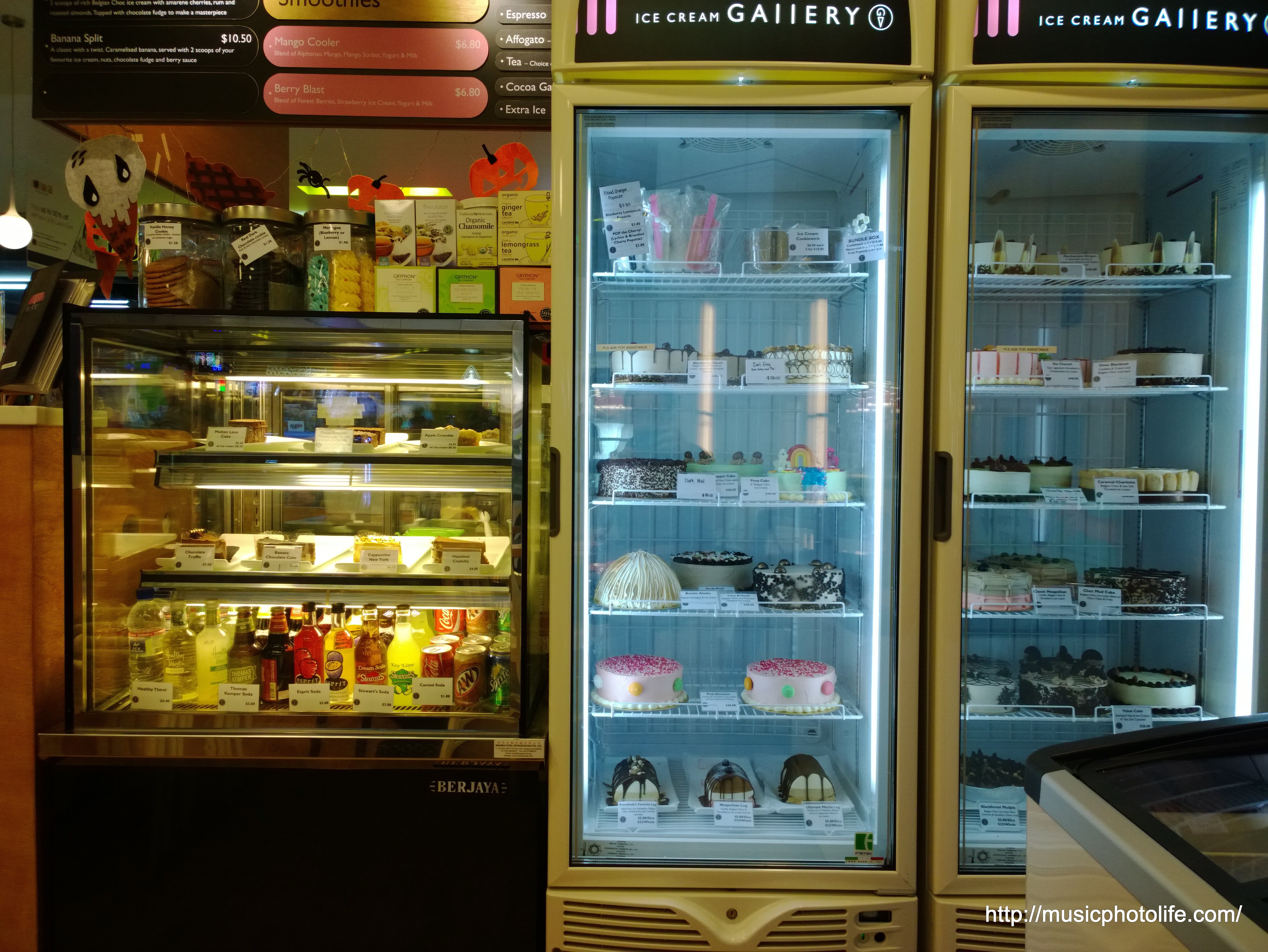Technically Speaking
The Nokia Lumia 1020 uses a 1/1.5-inch 41-megapixel PureView sensor which effectively allows you to capture 34-megapixel in 16:9 ratio or 38-megaxpiel in 4:3 ratio. The image quality is delivered to the sensor with 6 Carl Zeiss lens elements. For every shot taken on a Nokia Pro Cam app, a 5-megapixel image will be saved simultaneously, with each pixel oversampled with surrounding pixels data. The result is fewer colour noise artifacts.Lumia 1020 has fewer colour artefacts thanks to oversampling.
The Lumia 1020 also has a built-in optical image stabilizer that moves the entire lens assembly, so that low light images remain frozen without handshake, and you can still get stable images even with slow shutter. Video footages appear less jagged.
With the large sensor, Nokia has implemented "high resolution zoom", which means as you zoom-in your still or video images, the phone continues to make use of every pixel for the footage instead of a digital zoom. Some manufacturers term it as "smart zoom" or "intelligent zoom". Another less-mentioned technical advantage of high resolution zoom as opposed to optical zoom is that high-res zoom will not result in a drop in aperture, while compact optical zoom lens will result in less light and smaller aperture as you zoom-in, reducing shutter speed.
Because the Nokia Lumia 1020 has a high-pixel count, it can deliver high resolution zoom: 3x for 5MP image, 6x for 1280x720 image.
Besides the image quality, shooting video delivers better audio quality as the microphones can handle high sound pressure levels to capture better dynamic range.
Functional Uses
The Nokia Lumia 1020 offers the following advantages.- You can crop your images and get details better than most smartphones, thanks to an extremely high pixel count and a large sensor size.
- When using Nokia Pro Cam dual shot mode, you can zoom-in and shoot, and later un-zoom and re-frame. Because the app saves the zoomed image in 5MP file while the full unzoomed image is saved at the higher resolution. Every time you reframe and save, it becomes a new image without over-writing the original image.
- The Pro Cam app is one of the most user friendly camera app with manual controls. I like it how you can slide the shutter icon out and all the manual controls appear in a ringed fashion to allow you to adjust every single parameter from a single view. If this feature is not patented, I do hope other camera apps can implement this interface.
- When shooting video, you can zoom in without any loss of pixel details. Tip: to achieve higher zoom factor without detail loss, shoot at half-HD (1280x720) instead of full-HD (1920x1080).
- The detachable grip with battery pack is ingenious. Although it appears to add bulk, I find the size just right. The add-on allows my hands to get a grip without touching the screen, unlike the Samsung Galaxy S4 Zoom. Even when using the phone in portrait mode, the fat grip actually allows my lower palm and my pinky finger to hold the phone with less effort. It even comes with a tripod screw mount!
Drawbacks
There are just a few drawbacks on the Lumia 1020.- Shutter lag. I find myself missing a few crucial moments due to the lag it takes for the Lumia 1020 to focus and trigger the shutter. It also takes a while to start the camera app.
- Image softness at the edges. It appears like handshake blur, but the centre image is sharp.
- 41MP capture only possible with Nokia Pro Cam. Using other camera apps will let you capture only an oversampled 5MP.
- When the Lumia 1020 is attached to the battery grip, the phone will go into charging mode and automatically turns on the phone, without any option to turn it off. The grip is also not easy to remove.
The Best Smartphone Camera in 2013
The Lumia 1020 has an awesome camera. It creates images with details better than any smartphones in the market, or any compact cameras of similar size. I can imagine myself buying this phone just for photo-taking and video taking. Don't worry about the OS, the only reason why consumers do not buy Windows Phones is the lack of apps. But it has most of the popular social apps (Facebook, Twitter, WhatsApp, etc.) that are sufficient for you to connect online.Shoot first, crop later, same details.
Click here for full-resolution images to compare.








0 comments:
Post a Comment